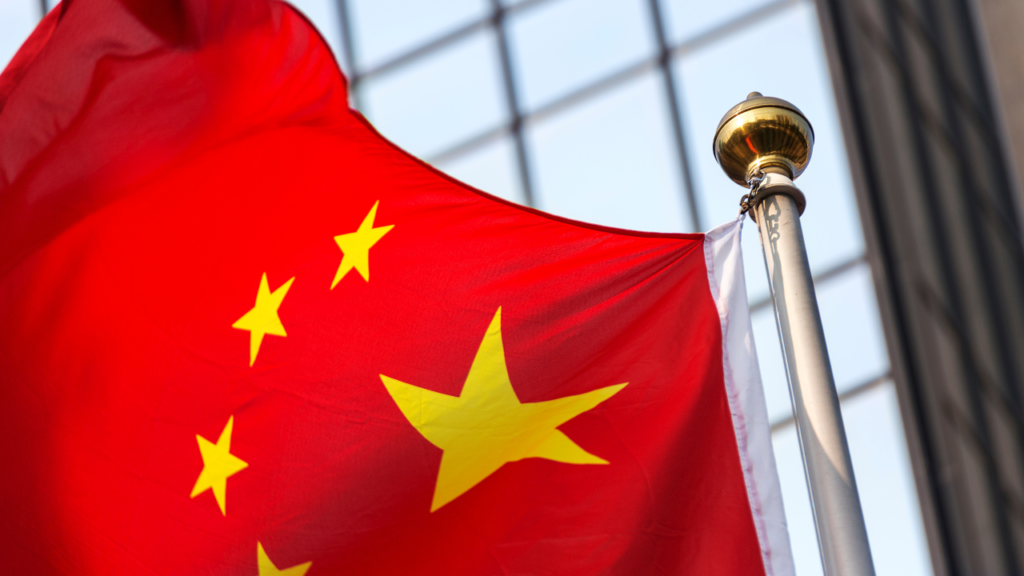
MANILA, Philippines—The Philippines has borrowed P17.4 billion from China to build a bridge connecting President Rodrigo Duterte’s hometown Davao City and Samal Island, the Department of Finance (DOF) said on Tuesday (June 14).
Last Monday (June 13), Finance Secretary Carlos Dominguez III on behalf of the Philippines and Chinese Ambassador to the Philippines Huang Xilian representing China exchanged loan documents on the 2.3-billion renminbi financing—the outgoing Duterte administration’s first official development assistance (ODA) denominated in the Chinese currency. In the past, the Philippines’ ODA loans from China were denominated in US dollars.
China’s newest loan to the Philippines was slapped with an interest rate of 2 percent per annum, payable in 20 years plus a seven-year grace period, the DOF said in a statement.
This Chinese financing for the four-lane Samal Island-Davao City connector will bankroll 90 percent of the project’s design-and-build contract amounting to P19.3 billion.
The Department of Public Works and Highways (DPWH) earlier tapped China Road and Bridge Corp. to build the 3.9-kilometer bridge. The DOF said this bridge “will significantly cut travel time between Davao City and Samal Island, and reduce the dependency on ferry services.”
“The Samal Island-Davao City connector project complements the Mindanao spatial strategy/development framework 2015-2045, the Davao regional development plan, and the Davao Gulf area development plan 2011-2030, which all aim to facilitate commerce and trade, generate jobs, create wealth among the local government units (LGUs) in Mindanao, and share the benefits of its growth to more remote municipalities, including Samal Island,” the DOF said.
“The Brunei Darussalam-Indonesia-Malaysia-Philippines East Asean Growth Area Cooperation (BIMP-EAGA), which intends to promote economic development in underdeveloped and geographically remote regions in its member-countries, is also expected to benefit from the Samal Island-Davao City bridge,” the DOF added.
To date, the Duterte administration borrowed from China a total of $1.1-billion. The other Chinese loans obtained by the Duterte administration included those to build the National Irrigation Administration’s (NIA) Chico River pump irrigation; the Metropolitan Waterworks and Sewerage System’s (MWSS) New Centennial Water Source-Kaliwa Dam; as well as the Department of Transportation’s (DOTr) Philippine National Railways (PNR) south long-haul project.
China was also expected to lend money for the delayed Mindanao railway.
Meanwhile, the Bureau of the Treasury (BTr) also on Tuesday raised only P19.6 billion out of the P35 billion it wanted to borrow through reissued seven-year bonds, no thanks to higher yields sought by domestic creditors.
The BTr capped the annual rate for the bonds—maturing in six years and 11 months—at 6.74 percent, up from the 6.494 percent these same securities fetched in the secondary market. Comparable seven-year IOUs were also priced at a lower 6.4 percent.
Bid rates hit a high of 6.8 percent and a low of 6.4 percent.
National Treasurer Rosalia de Leon said debt markets “remained defensive with the slew of news both from the US Federal Reserve and the Bangko Sentral ng Pilipinas (BSP) taking action to fight a surge in prices.” The Fed was expected to hike interest rates by as much as 75 basis points (bps) this week, while BSP officials had hinted on a second-straight rate hike when the Monetary Board meets next week.
De Leon said the BTr’s yield cap which partially awarded the treasury bonds maturing in May 2029 was aligned with prevailing market rates.
To date, the BTr borrowed a cumulative P39.7 billion from this bond series.
If you like this article, share it on social media by clicking any of the icons below.
Or in case you haven’t subscribed yet to our newsletter, please click SUBSCRIBE so you won’t miss the daily real estate news updates delivered right to your Inbox.
The article was originally published in Inquirer.NET and written by Ben O. de Vera.







More Stories
Vista Land Celebrates 50 Years with Sandiwa: An Event Honoring Leadership, Legacy, and the Filipino Dream of Homeownership
Vista Land Celebrates Love Month in Ilocos Region
Vista Land Bridges Cebuano Heritage and Progress with Valencia by Vista Estates